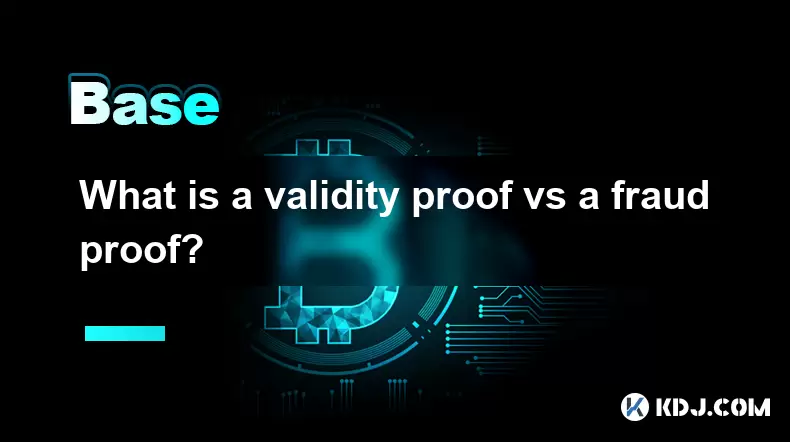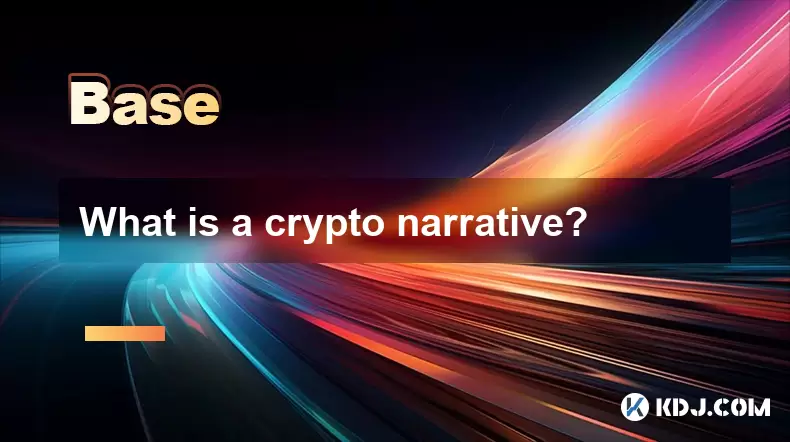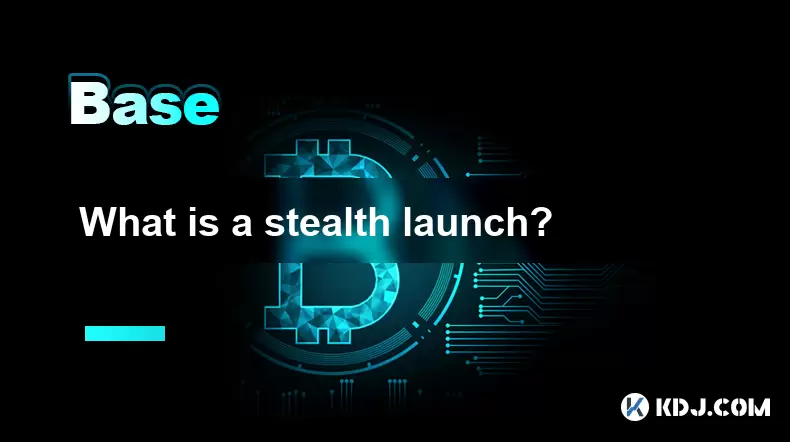-
 Bitcoin
Bitcoin $108,703.4836
0.45% -
 Ethereum
Ethereum $2,576.6839
1.58% -
 Tether USDt
Tether USDt $1.0001
0.00% -
 XRP
XRP $2.2924
-0.87% -
 BNB
BNB $660.2136
0.01% -
 Solana
Solana $151.4729
-0.29% -
 USDC
USDC $1.0000
0.00% -
 TRON
TRON $0.2866
0.04% -
 Dogecoin
Dogecoin $0.1698
0.82% -
 Cardano
Cardano $0.5831
0.13% -
 Hyperliquid
Hyperliquid $37.9814
-3.97% -
 Bitcoin Cash
Bitcoin Cash $503.9489
1.93% -
 Sui
Sui $2.8994
0.74% -
 Chainlink
Chainlink $13.5429
0.38% -
 UNUS SED LEO
UNUS SED LEO $9.0693
-0.19% -
 Stellar
Stellar $0.2524
0.15% -
 Avalanche
Avalanche $18.1959
1.02% -
 Shiba Inu
Shiba Inu $0.0...01180
1.48% -
 Toncoin
Toncoin $2.7601
-0.76% -
 Hedera
Hedera $0.1606
0.96% -
 Litecoin
Litecoin $86.6105
0.26% -
 Monero
Monero $315.7691
-0.56% -
 Polkadot
Polkadot $3.3911
0.25% -
 Dai
Dai $1.0001
0.03% -
 Ethena USDe
Ethena USDe $1.0002
0.02% -
 Bitget Token
Bitget Token $4.3076
-0.05% -
 Uniswap
Uniswap $7.5901
3.66% -
 Aave
Aave $288.0954
0.35% -
 Pepe
Pepe $0.0...01002
1.64% -
 Pi
Pi $0.4578
0.09%
What is a validity proof vs a fraud proof?
Validity proofs ensure transaction correctness via cryptographic verification, enabling fast, secure blockchain scalability.
Jul 08, 2025 at 02:21 pm

Understanding Validity Proofs
A validity proof is a cryptographic mechanism used to verify the correctness of a transaction or a set of transactions within a blockchain system. This type of proof ensures that every operation adheres to the rules defined by the network's protocol. In systems like ZK-Rollups, validity proofs are employed to guarantee that off-chain computations are accurate and valid before they are submitted to the main chain.
The process begins with a prover generating a zero-knowledge proof (ZKP), which confirms that a specific computation was performed correctly without revealing any sensitive information about the data involved. The blockchain node then verifies this proof quickly, ensuring that the state transitions are legitimate. Because the proof is mathematically sound, there’s no need for any further challenge period or dispute resolution.
Key aspects of validity proofs include:
- Efficiency: Once the proof is generated, verification is fast and requires minimal computational resources.
- Security: Since the proof is cryptographically verified, it offers strong guarantees against invalid transactions.
- Scalability: By batching multiple transactions into a single proof, networks can scale significantly without compromising security.
Exploring Fraud Proofs
In contrast to validity proofs, fraud proofs operate under a different trust model. These proofs are commonly used in optimistic rollup systems, where transactions are assumed to be valid unless someone challenges them. If a malicious actor submits an incorrect state update, any honest participant can submit a fraud proof to alert the network.
The mechanism works as follows: after a transaction batch is published on the main chain, there is a predefined challenge window during which anyone can submit evidence of fraud. If a valid fraud proof is presented, the incorrect block is rejected, and the malicious actor may face penalties such as losing their stake.
Fraud proofs rely on several critical components:
- Watchtowers: Nodes that monitor the network for potential fraud.
- Challenge periods: Time windows during which disputes can be raised.
- Economic incentives: Participants are motivated to act honestly due to the risk of financial penalties.
Differences Between Validity and Fraud Proofs
One of the most notable distinctions between these two types of proofs lies in their verification approach. Validity proofs provide immediate finality because each batch comes with a cryptographic guarantee of correctness. On the other hand, fraud proofs require a waiting period before funds can be withdrawn, introducing latency into the system.
Another key difference is computational overhead. Generating validity proofs, especially zero-knowledge ones, is computationally intensive and requires specialized hardware. However, once generated, verification is quick. Conversely, fraud proofs do not require heavy computation upfront but demand active monitoring and intervention if discrepancies arise.
Use case implications:
- Validity proofs: Ideal for applications requiring high throughput and instant finality, such as decentralized exchanges or payment processors.
- Fraud proofs: Better suited for scenarios where decentralization and simplicity are prioritized over speed, such as general-purpose smart contract platforms.
Implementation Examples in Blockchain Networks
Several prominent blockchain projects have adopted either validity or fraud proofs depending on their scalability goals. For example, zkSync and StarkNet utilize validity proofs through zero-knowledge technology to achieve high transaction throughput while maintaining security. These systems generate succinct proofs that allow Ethereum nodes to validate batches of transactions efficiently.
Conversely, Optimism and Arbitrum, two major Layer 2 solutions, implement fraud proofs. They assume all transactions are valid by default and only initiate a dispute resolution process when challenged. This allows for faster initial processing but introduces delays for withdrawals and relies on active participation from validators to maintain integrity.
Operational differences include:
- Finality: zkSync provides near-instant finality, while Optimism requires a week-long challenge period.
- Resource usage: StarkNet uses advanced mathematics to compress data, whereas Arbitrum depends on execution traces for verification.
- Trust assumptions: Zero-knowledge systems rely on mathematical certainty, while optimistic systems depend on economic incentives and community vigilance.
Choosing Between Validity and Fraud Proofs
When designing a blockchain solution, developers must carefully consider whether to use validity or fraud proofs based on their application's requirements. Projects focused on high-frequency trading or real-time gaming will likely prefer validity proofs due to their speed and finality guarantees. Meanwhile, decentralized applications (dApps) that prioritize simplicity and developer flexibility may opt for fraud-proof-based systems.
Additionally, security models play a crucial role in decision-making. Validity proofs offer stronger guarantees against malicious behavior due to their cryptographic nature. Fraud proofs, however, depend on the presence of honest actors willing to invest time and resources into monitoring the network.
Factors influencing the choice:
- Transaction speed: Validity proofs reduce confirmation times.
- Data availability: Both approaches require accessible data, but implementations vary.
- User experience: Finality affects how users interact with funds and services.
Frequently Asked Questions
Q1: Can a blockchain use both validity and fraud proofs simultaneously?
Yes, some hybrid architectures explore combining both mechanisms. For instance, a system might use validity proofs for certain transaction types while relying on fraud proofs for others, balancing efficiency and security.Q2: Are fraud proofs less secure than validity proofs?
Not necessarily. While fraud proofs introduce a delay and require active participation, they can still provide robust security if implemented with proper economic incentives and watchtower mechanisms.Q3: Do validity proofs always require zero-knowledge cryptography?
No, although ZKPs are common, other forms of validity proofs exist, including STARKs and SNARKs. The core principle remains proving correctness without exposing private data.Q4: How does data availability affect both proof types?
Both validity and fraud proofs depend on accessible data to function correctly. Without full data availability, neither system can ensure security, making it a fundamental requirement for Layer 2 scaling solutions.
Disclaimer:info@kdj.com
The information provided is not trading advice. kdj.com does not assume any responsibility for any investments made based on the information provided in this article. Cryptocurrencies are highly volatile and it is highly recommended that you invest with caution after thorough research!
If you believe that the content used on this website infringes your copyright, please contact us immediately (info@kdj.com) and we will delete it promptly.
- Coinbase (COIN) IPO Flashback: Is the Rally Overextended or Just Getting Started?
- 2025-07-08 22:50:12
- Toonie Trouble: Spotting Fakes Like an Expert
- 2025-07-08 22:50:12
- Coinbase, Crypto Stocks, and Ozak AI: Riding the Web3 Wave in Style
- 2025-07-08 23:10:14
- BTC, Snorter Token, and the Crypto Scene: What's the Deal?
- 2025-07-08 23:15:12
- Meme Coins, Early Investment, Parabolic Growth: Catching the Wave
- 2025-07-08 22:30:12
- Crypto, Institutions, BTC & ETH: A New Era Dawns
- 2025-07-08 22:30:12
Related knowledge

What is a user-generated content (UGC) NFT platform?
Jul 04,2025 at 01:49pm
<h3>Understanding the Concept of a UGC NFT Platform</h3><p>A user-generated content (UGC) NFT platform is a digital marketplace or e...

What is composability in DeFi?
Jul 06,2025 at 04:07pm
<h3>Understanding the Concept of Composability in DeFi</h3><p>Composability in DeFi refers to the ability of decentralized finance p...

What is a "crypto primitive"?
Jul 05,2025 at 10:14pm
<h3>Defining the Concept of a Crypto Primitive</h3><p>In the context of blockchain and cryptocurrency, a crypto primitive refers to ...

What is a crypto narrative?
Jul 07,2025 at 10:56pm
<h3>Defining the Concept of a Crypto Narrative</h3><p>A crypto narrative refers to the overarching story or theme that drives intere...

What is a stealth launch?
Jul 08,2025 at 06:42am
<h3>What Exactly Defines a Stealth Launch in Cryptocurrency?</h3><p>A stealth launch refers to the practice of launching a cryptocur...

What is a fair launch?
Jul 05,2025 at 07:31pm
<h3>Understanding the Concept of a Fair Launch</h3><p>A fair launch refers to the release of a cryptocurrency or blockchain project ...

What is a user-generated content (UGC) NFT platform?
Jul 04,2025 at 01:49pm
<h3>Understanding the Concept of a UGC NFT Platform</h3><p>A user-generated content (UGC) NFT platform is a digital marketplace or e...

What is composability in DeFi?
Jul 06,2025 at 04:07pm
<h3>Understanding the Concept of Composability in DeFi</h3><p>Composability in DeFi refers to the ability of decentralized finance p...

What is a "crypto primitive"?
Jul 05,2025 at 10:14pm
<h3>Defining the Concept of a Crypto Primitive</h3><p>In the context of blockchain and cryptocurrency, a crypto primitive refers to ...

What is a crypto narrative?
Jul 07,2025 at 10:56pm
<h3>Defining the Concept of a Crypto Narrative</h3><p>A crypto narrative refers to the overarching story or theme that drives intere...

What is a stealth launch?
Jul 08,2025 at 06:42am
<h3>What Exactly Defines a Stealth Launch in Cryptocurrency?</h3><p>A stealth launch refers to the practice of launching a cryptocur...

What is a fair launch?
Jul 05,2025 at 07:31pm
<h3>Understanding the Concept of a Fair Launch</h3><p>A fair launch refers to the release of a cryptocurrency or blockchain project ...
See all articles

























































































